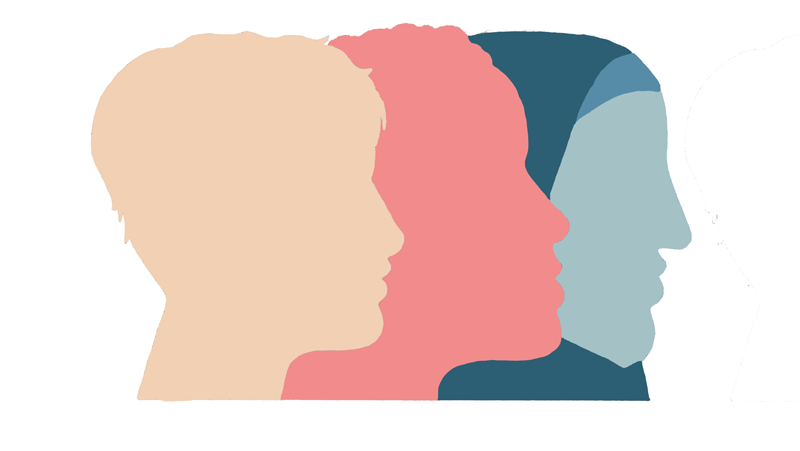Understanding the concept of intersectional feminism and its significance in today’s society
In 2017, the word “feminist” is no stranger in our society. Intersectional feminism, however, may be a term you haven’t heard before.
According to Merriam-Webster, intersectionality is defined as “the complex, cumulative manner in which the effects of different forms of discrimination combine, overlap or intersect.” This term relates back to intersectional feminism because it emphasizes that some women in society—women of colour, women from the LGBTQ+ community and disabled women, among others—experience an interplay of discrimination, not just because they’re women but because of an overlap of identities.
It’s no secret women have been and continue to be oppressed within our society, but intersectionality highlights other characteristics that affect the equal acceptance of women in society—be it their race, ethnicity or even socioeconomic status. Personally, I think the fact that we have to qualify the term intersectional feminism as a category of feminism is an indication that we have a long way to go in terms of equality.
In my opinion, feminism is equality for all people. However, I think there is a lack of attention toward intersectionality in today’s society. This refers to equality between races, socio-economic status and abilities. The feminist movement is not truly equalizing to all, and it still lives in a place of ignorance, with massive blind spots and misunderstandings.
I am a white woman, and I grew up with parents who sheltered me from oppression. It is only in my young adult life that I have learned more about gender inequality. I am an example of someone who has benefited greatly from the previous waves of feminism.
According to the organization Progressive Women’s Leadership, the first wave of feminism occurred in the 19th century and focused on political rights, like a woman’s right to vote. The second wave was in the 60s and focused on women’s reproductive rights. The third wave of feminism started in 1990 and continues to push for workplace and financial equality, along with reproductive rights. It also works towards a more intersectional outlook on feminism. I benefitted from these past waves because they were specifically geared towards achieving equality for white women.
When it comes to intersectional feminism, however, I have so much to learn. I have to continue to ask questions, think critically and question my surroundings. I have to reach out, listen to diverse voices, believe their experiences and share their message. I also have to educate myself on identities that vary from my own. This is what people like myself can do to help foster the intersectional movement. In the same way, we need men to get involved. We need men to want to understand more about this movement. Bringing more people to the table, in terms of voices and power, is what helps create change.
It’s also important to note that you can hold different degrees of privilege within feminism. For example, if a woman is black and a member of the LGBTQ+ community, she could be subject to discrimination regarding her race and sexual orientation as well as the oppression she may feel as a woman. In comparison, a straight, white woman will likely not face discrimination for her sexual orientation, but could still feel oppressed for being a woman. The straight, white woman holds a position of privilege within the movement of feminism compared to the black, LGBTQ+ woman.
Feminism can’t resolve problems until all women are heard. People of colour and the LGBTQ+ community fight everyday to be heard, seen and respected in society. As a privileged woman, I need to understand that women from other communities have platforms where they can use their own voices, and I need to be open to listen and learn more about their issues. Feminism, to me, is as simple as being able to express yourself as you want to. It’s being able to get the job you want, dress the way you want and lead the life you want.
Part of the intersectional feminist movement is telling white women they are not doing enough. It’s clear feminism has a long way to go, but the only way to get there is by working together as a society. It’s important to be on the same page and learn about what is going on in your neighbour’s life, and to learn about experiences besides your own.
Graphic by Alexa Hawksworth




